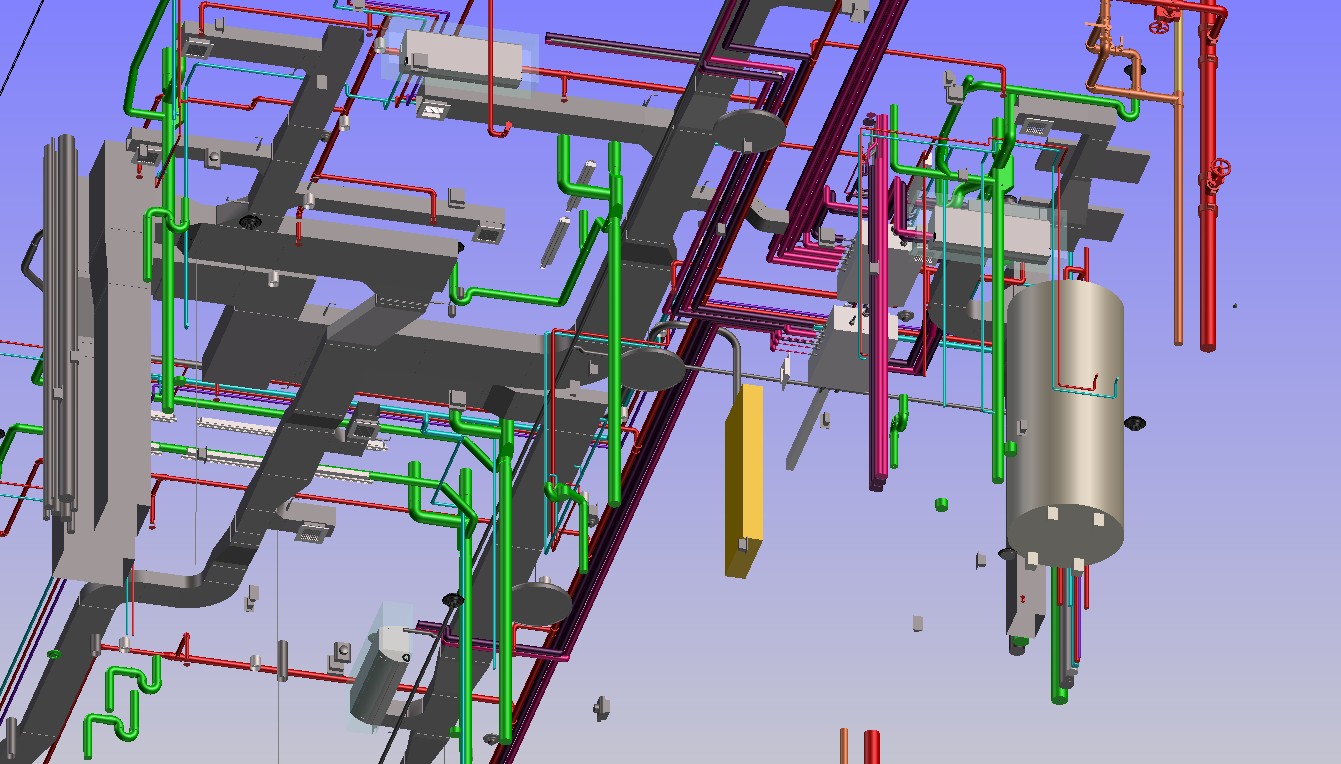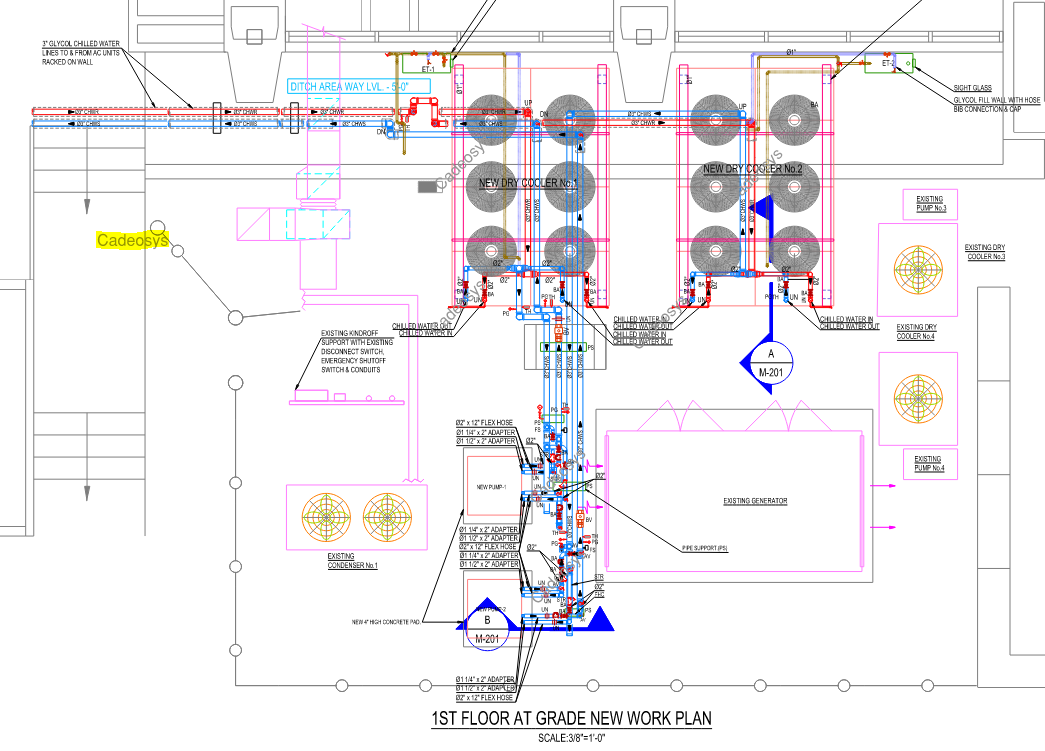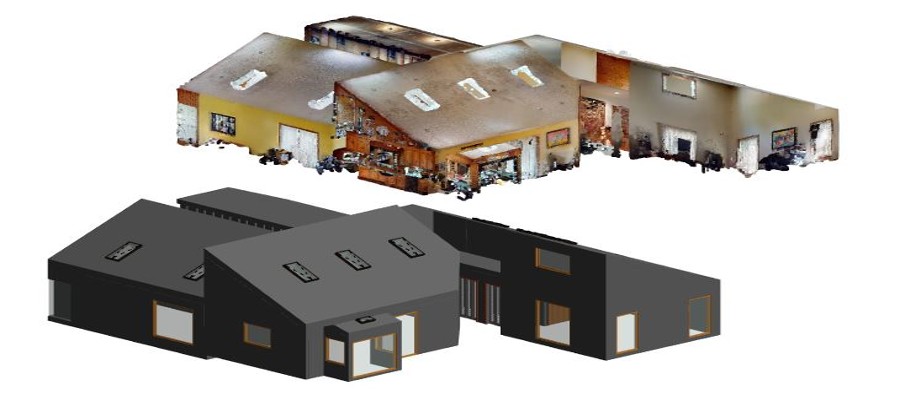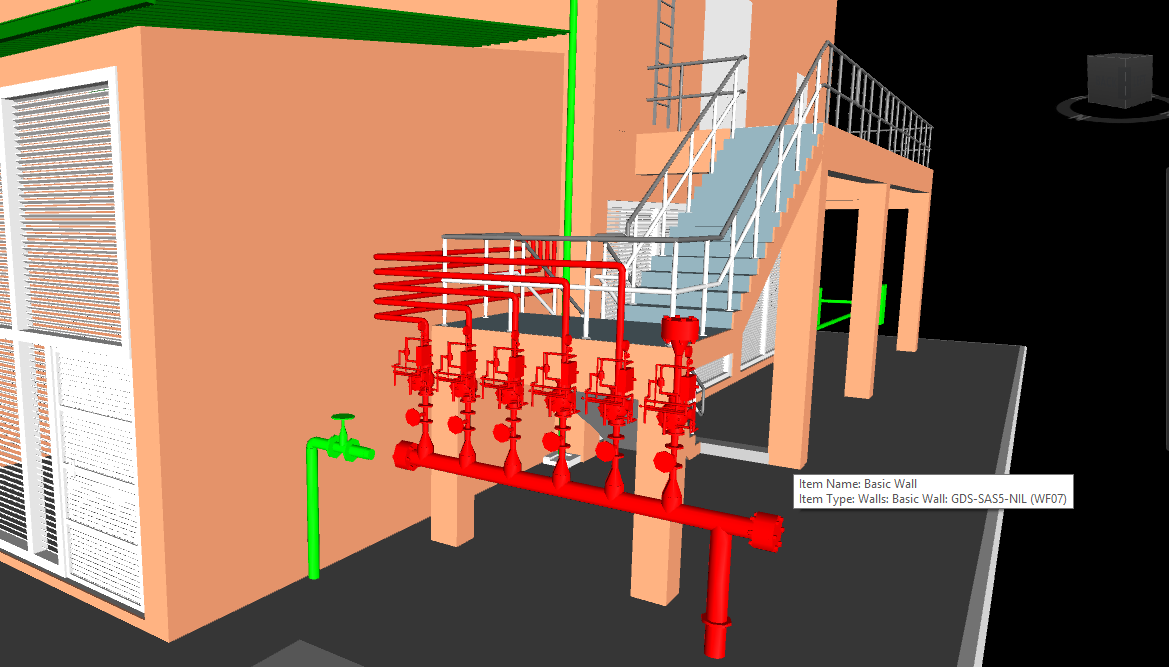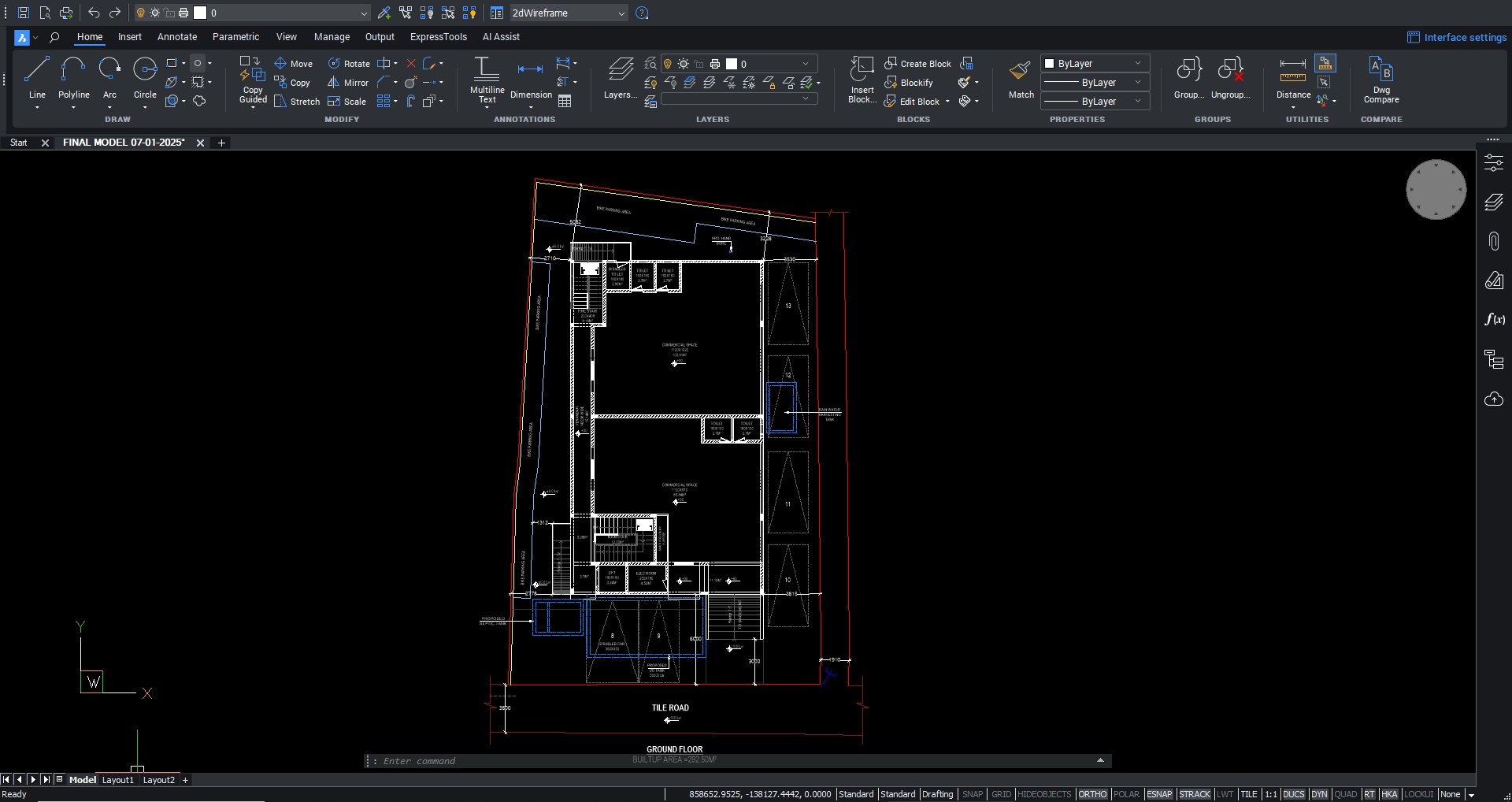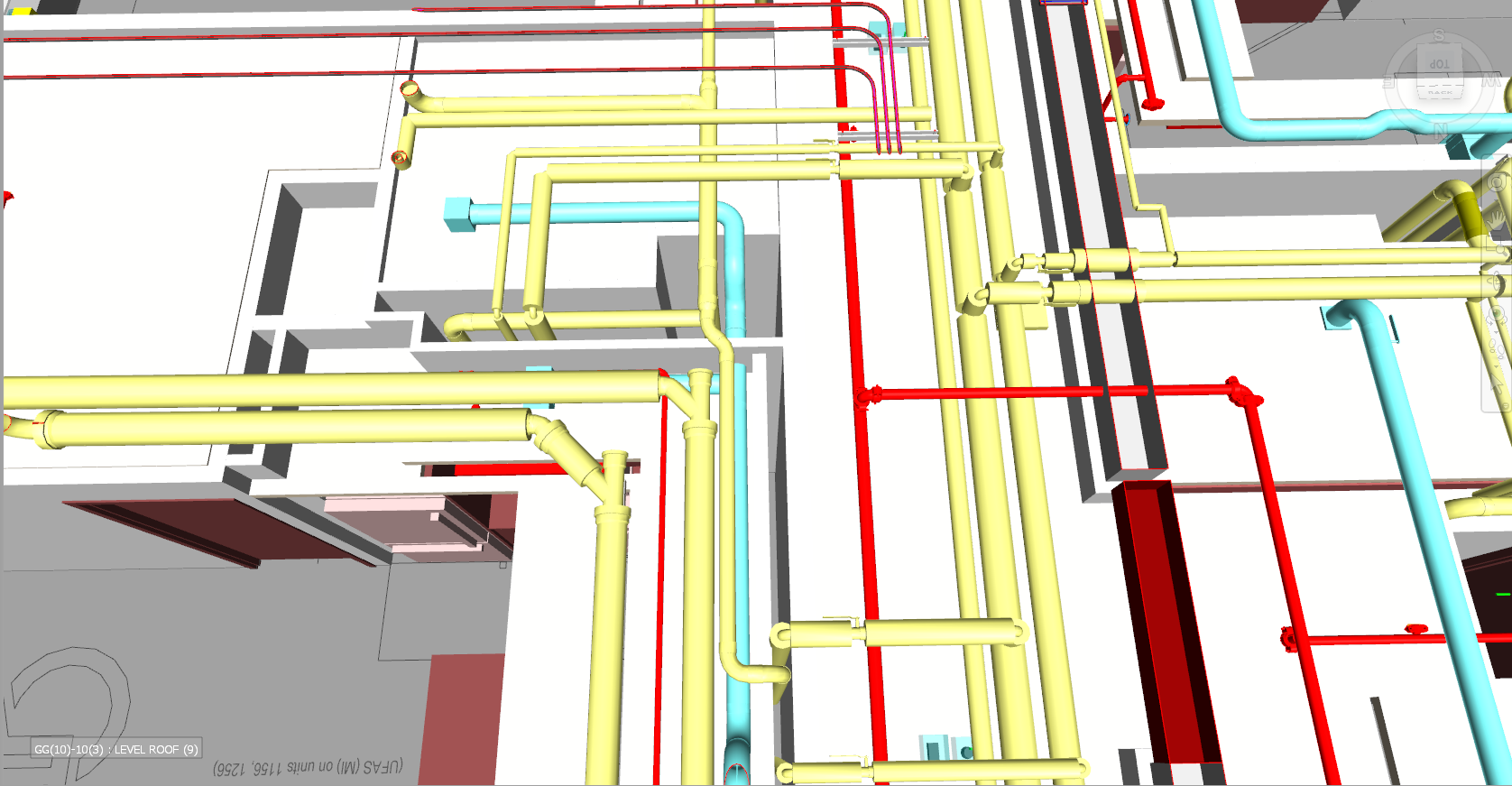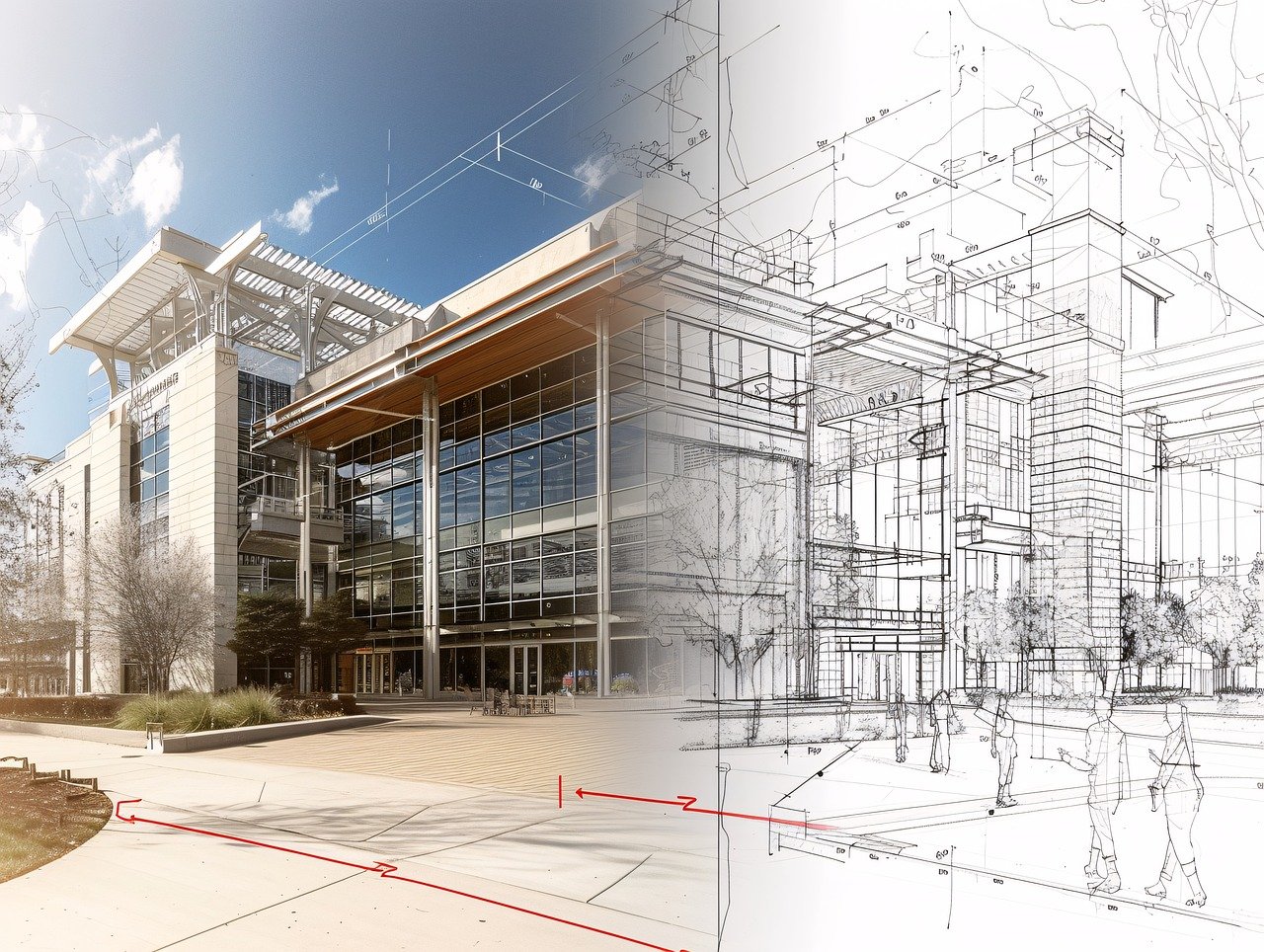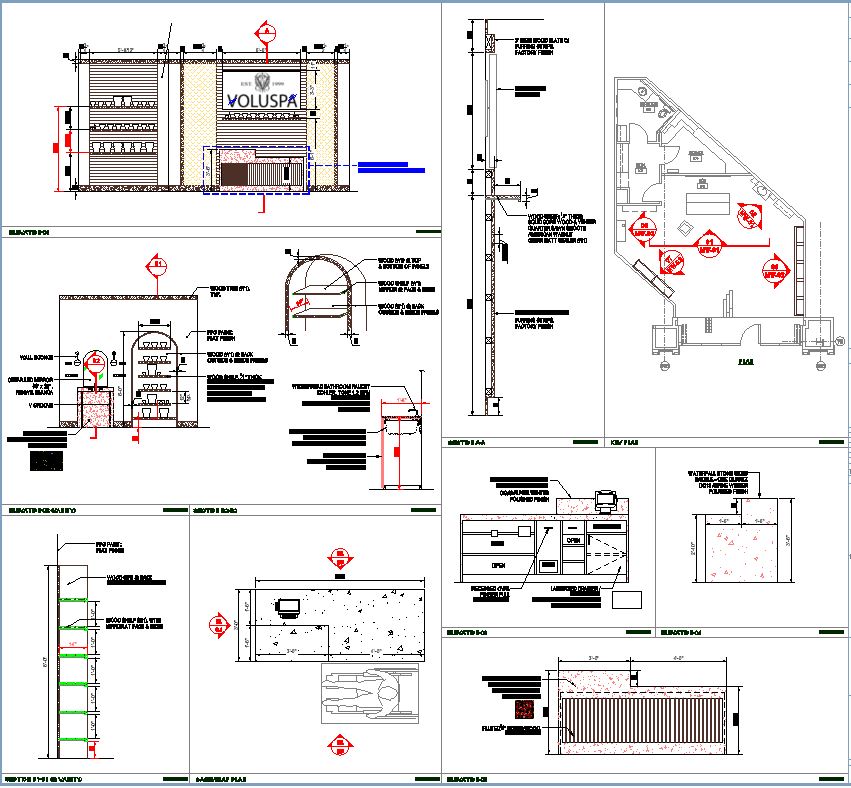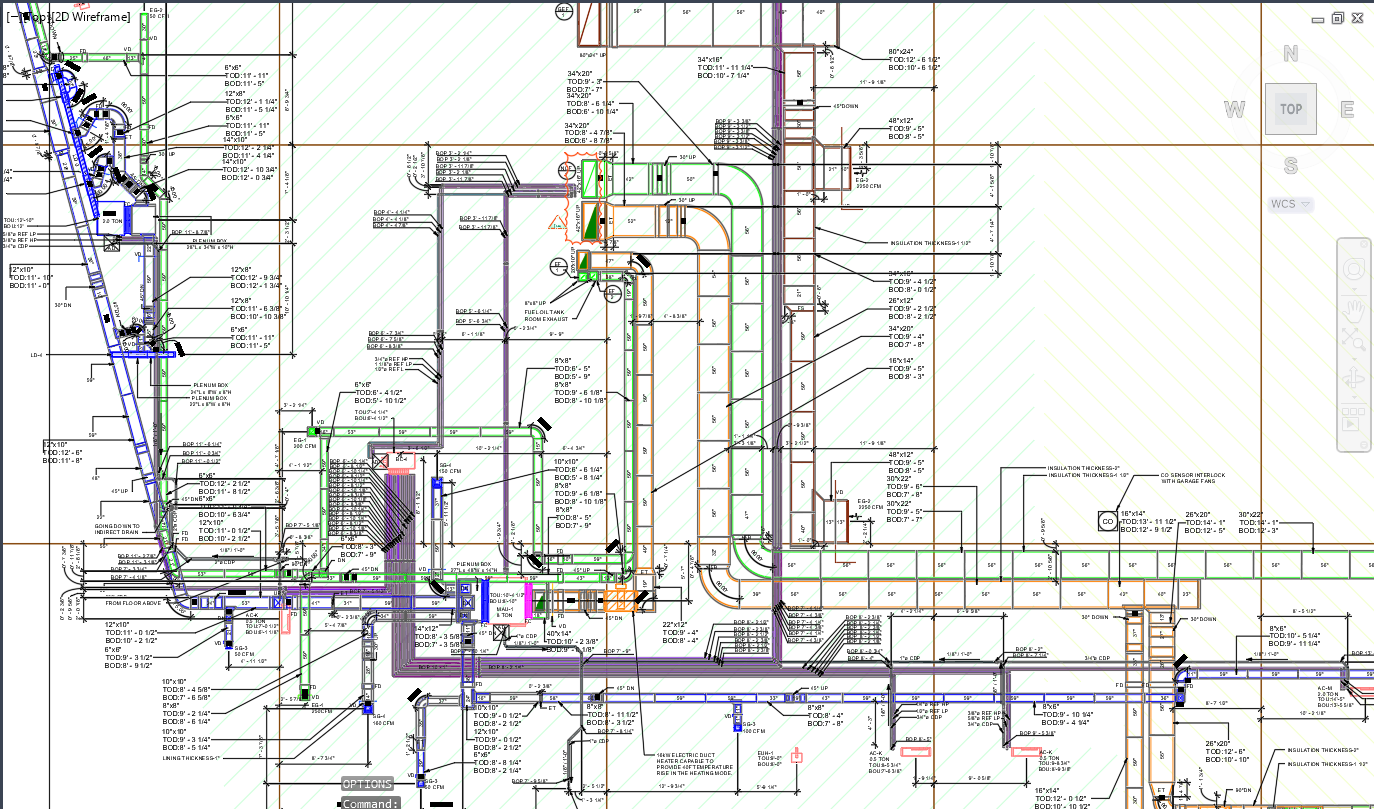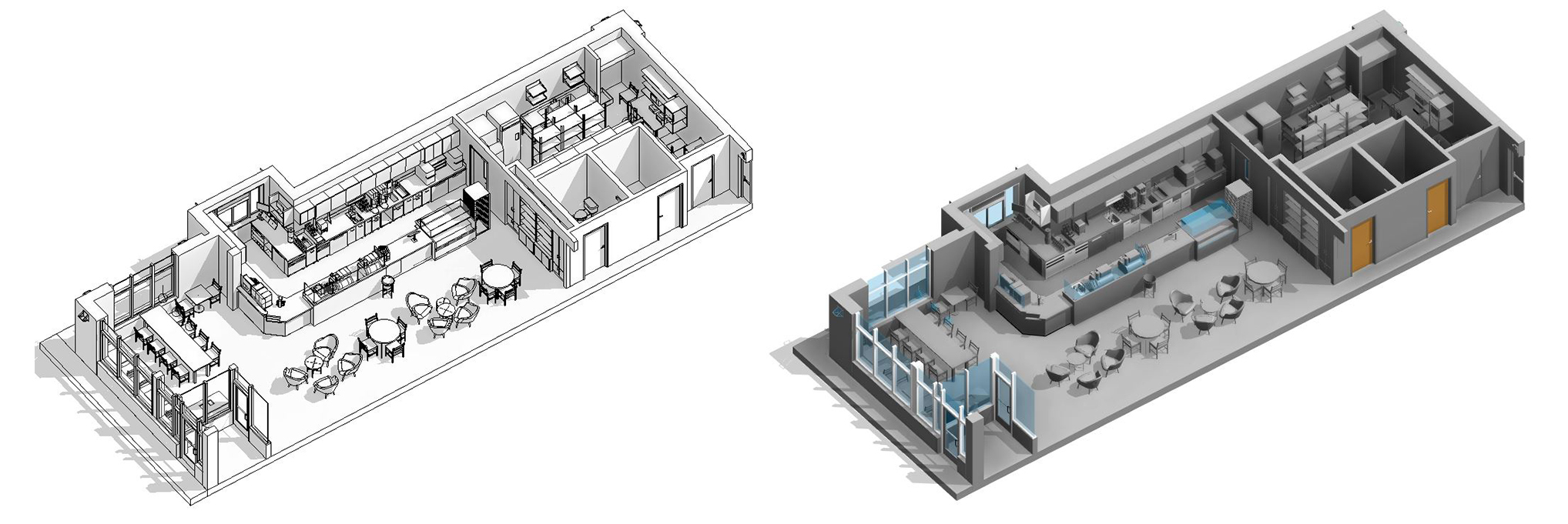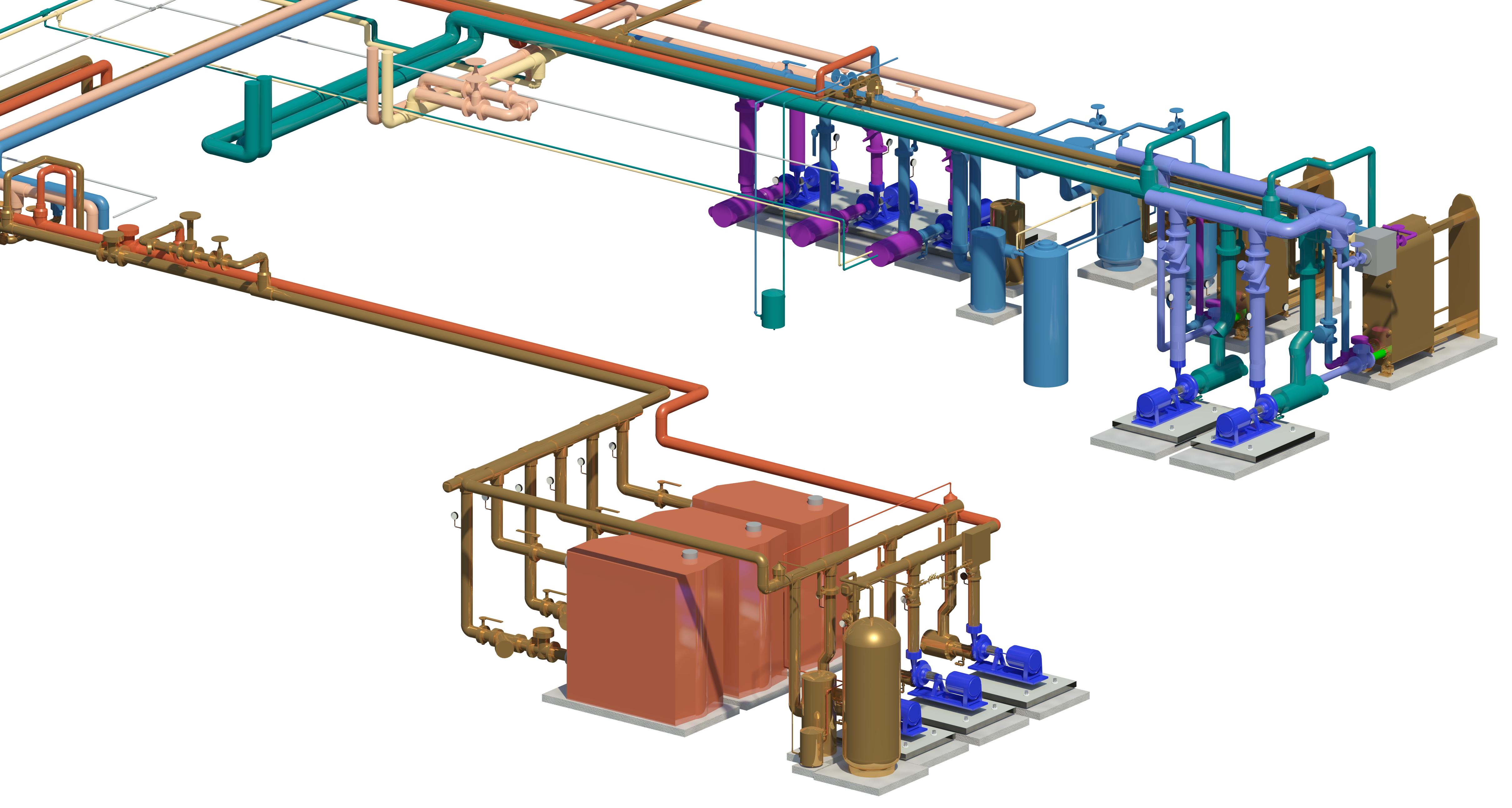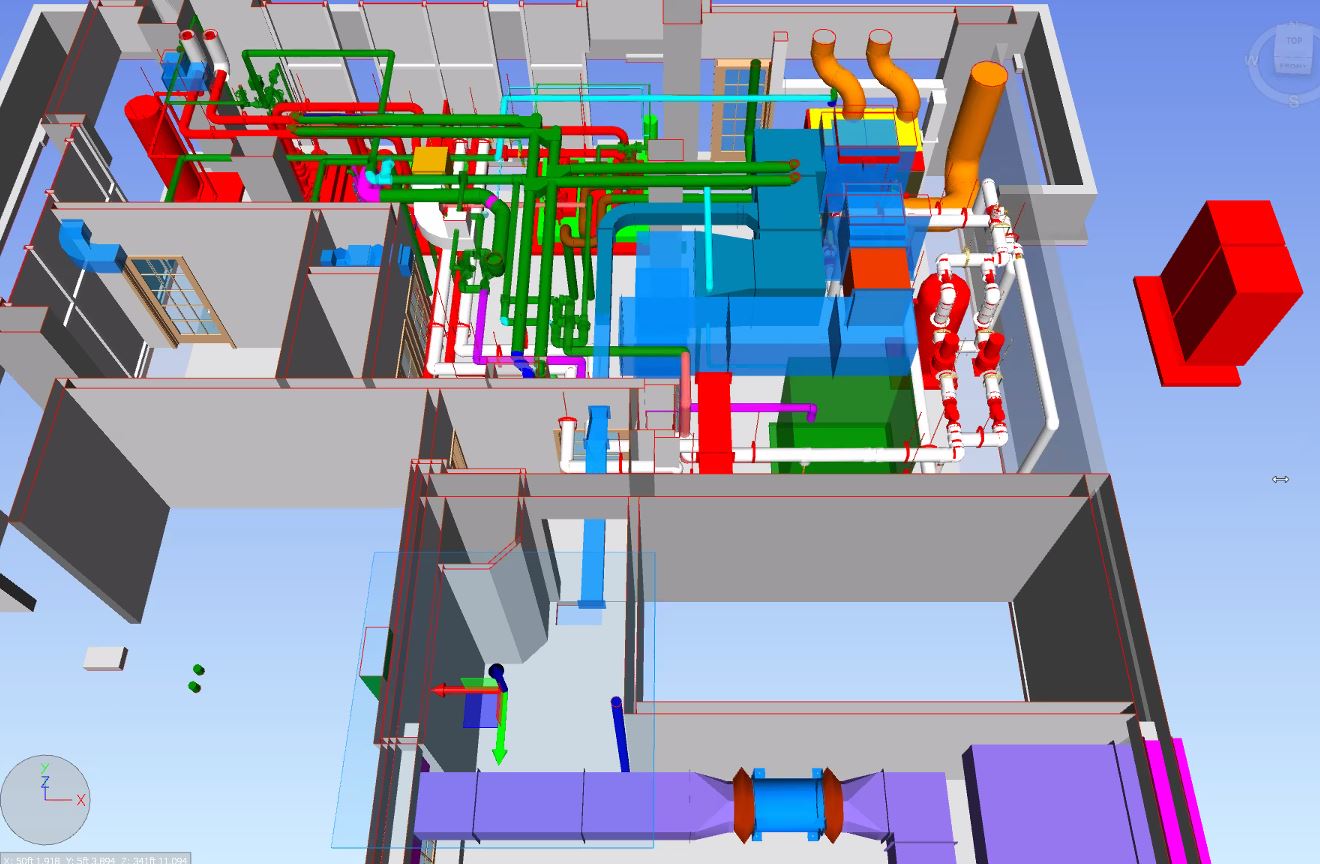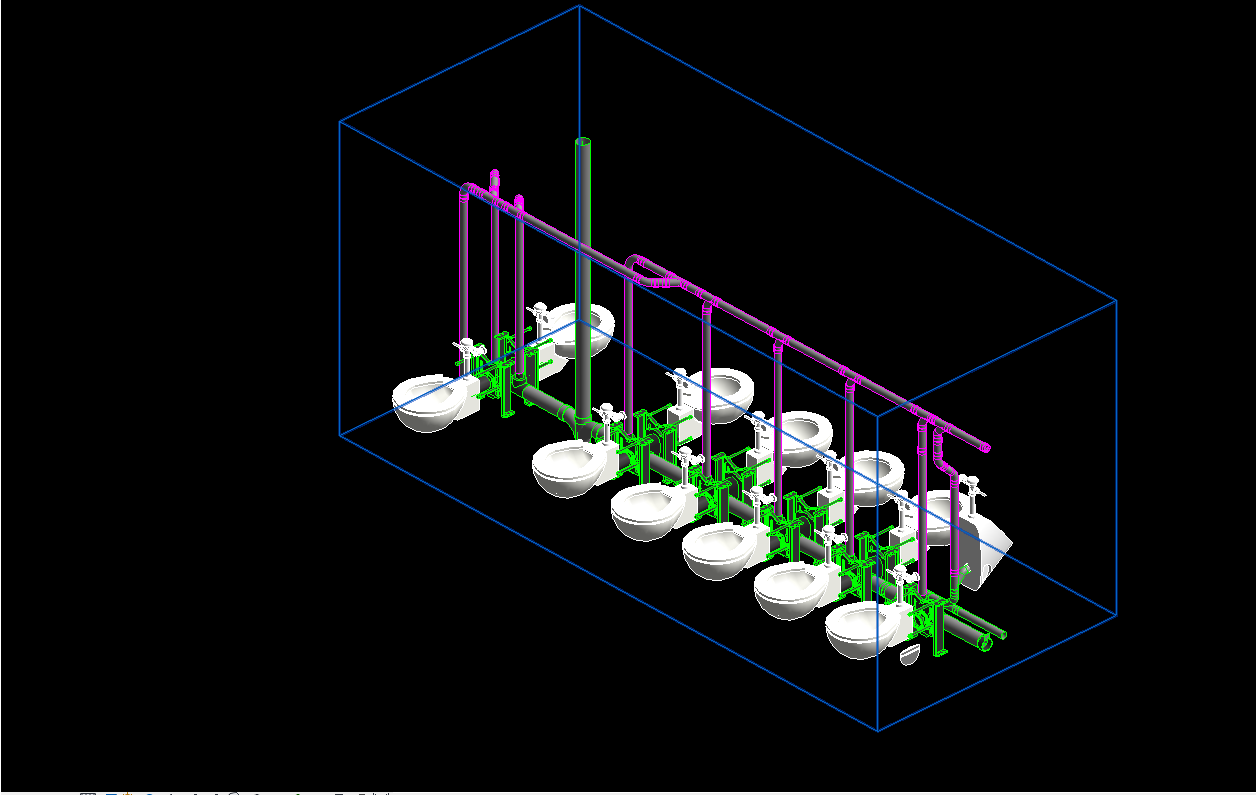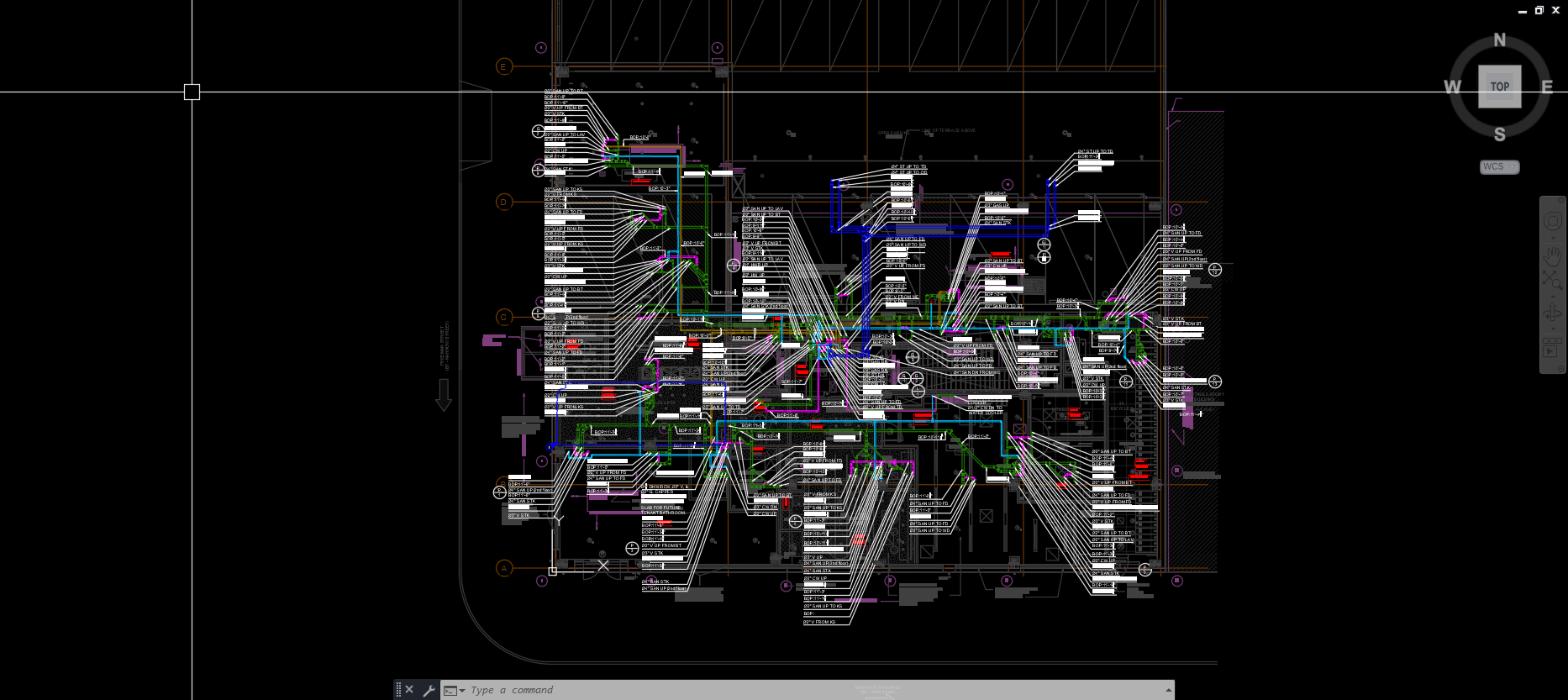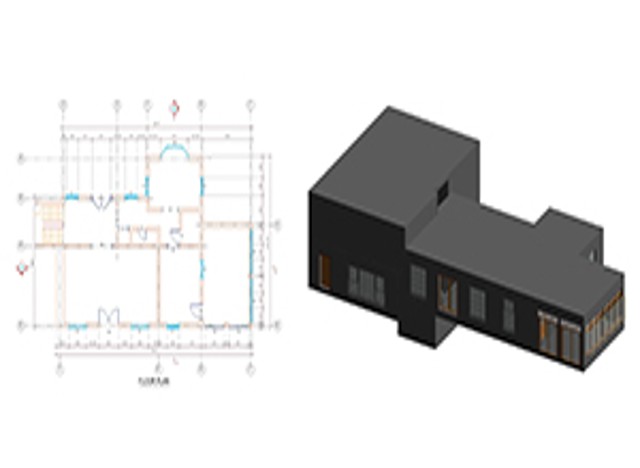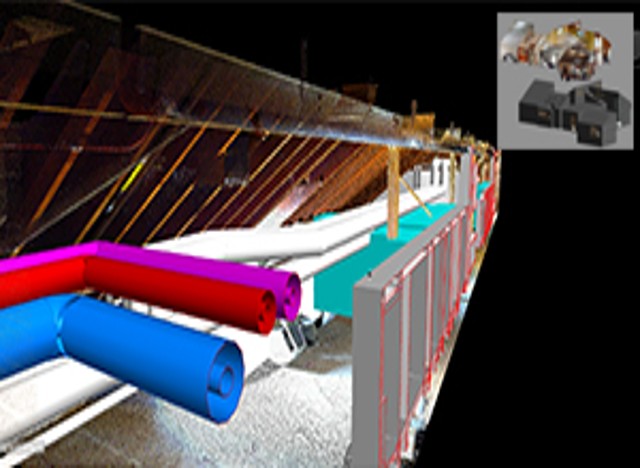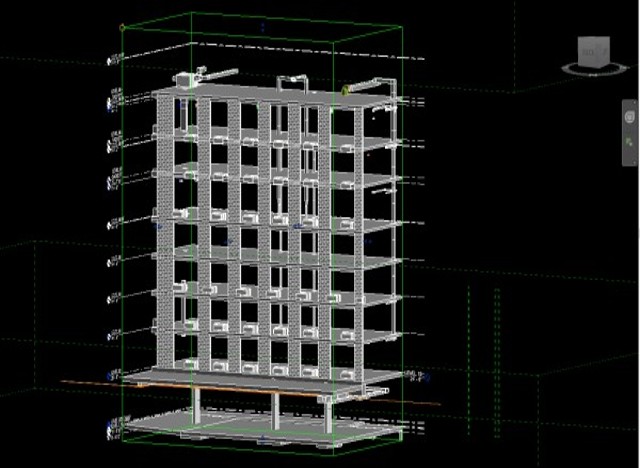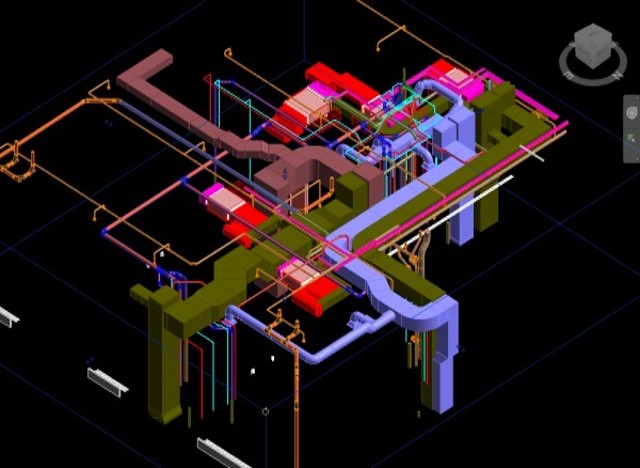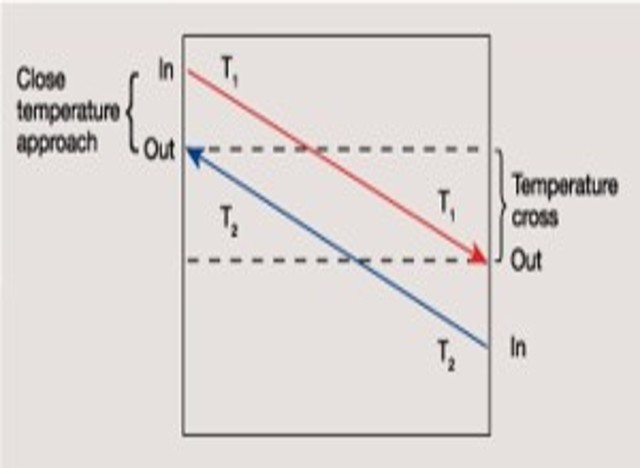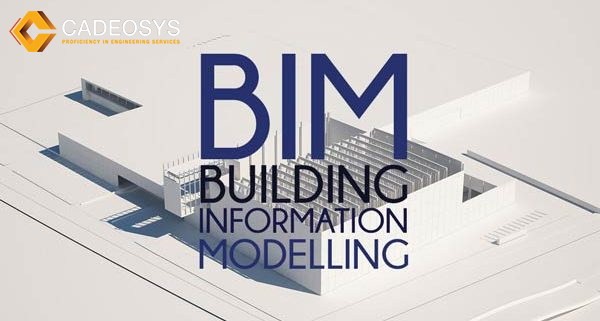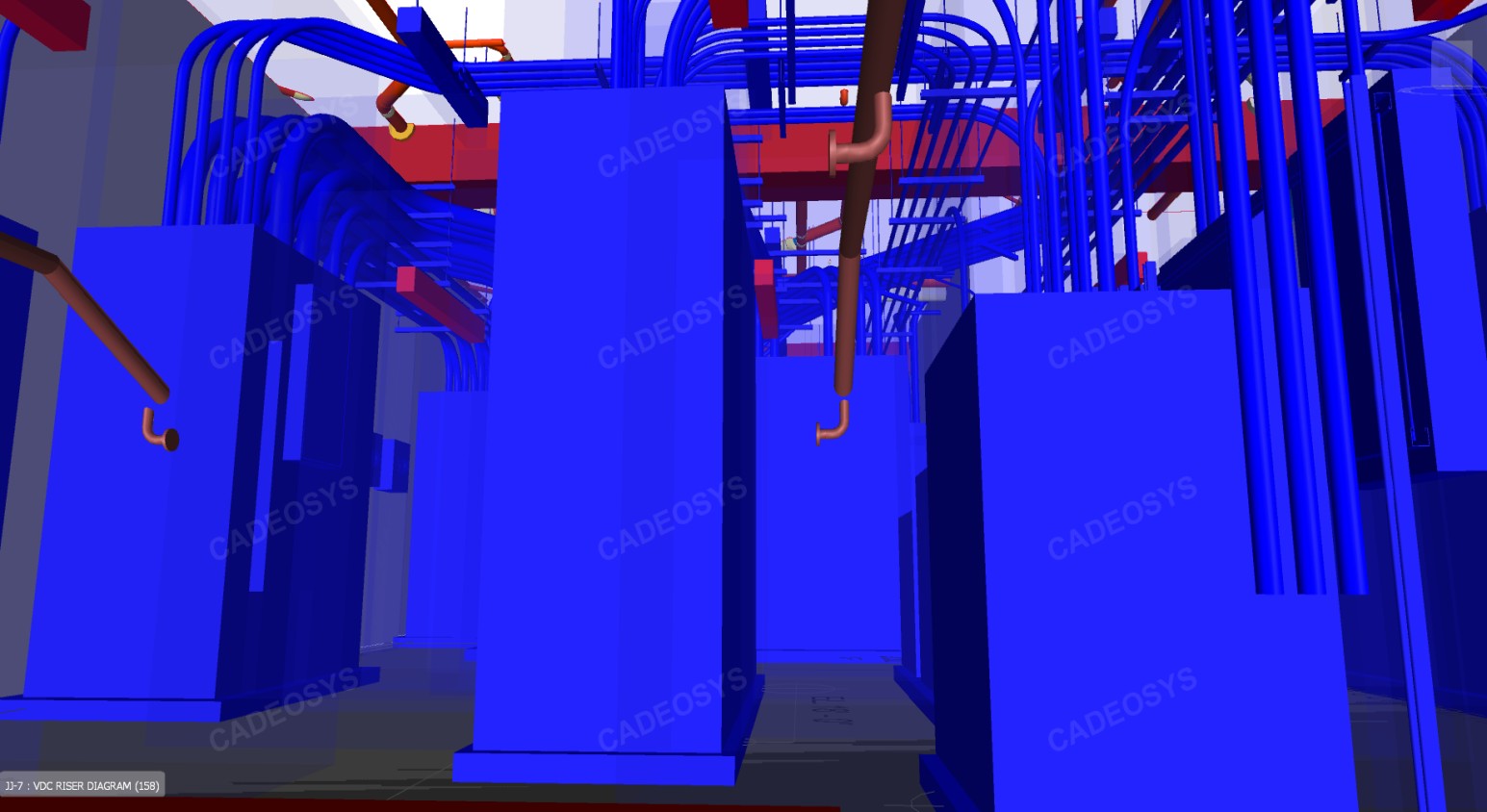
For MEP Engineers, one tool has emerged as a true game-changer in modern construction and design — Building Information Modeling (BIM). Among the many disciplines within MEP , Electrical Engineering has seen some of the most significant and strategic transformations through the use of BIM. From early-stage concept planning to post-construction facility management, Electrical BIM Services have redefined how electrical systems are designed, documented, installed, and maintained.
Why Electrical Engineering is essential in BIM?.
Electrical Systems are the backbone of any modern infrastructure. From Cable tray, lighting and power distribution to data cabling, showing pull boxed and fire alarm systems, a well-coordinated electrical layout is important. BIM for electrical engineering enables professionals to design, visualize and simulate these systems in a 3D digital environment, ensuring that electrical components are not only accurately placed but also clash-free with other MEP Systems.
Key Benefits of Electrical BIM Services
Improved Design Accuracy:
Create precise 3D models that reduce errors and avoid costly rework during construction.
Effective Clash Detection:
Identify and resolve conflicts between electrical systems and other building services before they occur onsite.
Enhanced Collaboration:
Foster real-time teamwork among architects, structural, mechanical, and electrical disciplines through a shared digital platform.
Accurate Quantity Take-Offs:
Generate precise material quantities and cost estimates for better budgeting and resource planning.
Energy Efficiency Optimization:
Conduct load analysis and simulations to design energy-efficient and sustainable electrical systems.
Support for Prefabrication:
Enable off-site fabrication of electrical components, leading to faster installation and improved quality control.
Better Project Visualization:
Help stakeholders visualize electrical layouts and system integration early in the design phase.
Regulatory Compliance:
Ensure electrical designs meet all necessary codes and standards through intelligent model checking.
Reduced Project Costs and Timelines:
Minimize delays and material wastage, resulting in overall savings and faster project delivery.




